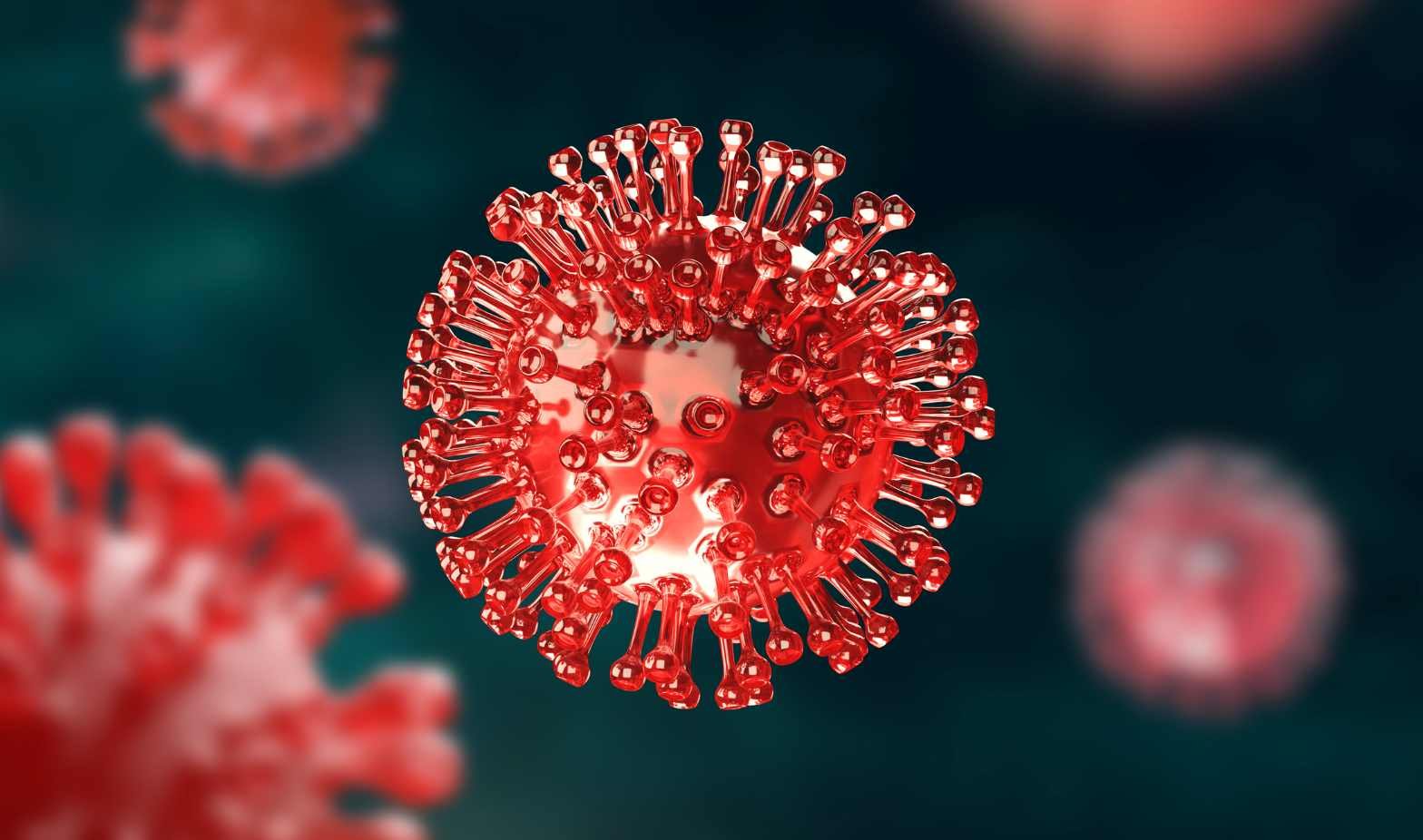Covid XEC symptoms include fever, cough, sore throat, muscle aches, nausea, and diarrhea, often appearing in this order. The XEC strain shares similarities with other Omicron variants but is highly transmissible. Vulnerable groups may experience more severe symptoms like lower respiratory issues, making early symptom recognition crucial for prevention.
Highlights
- The Covid XEC strain is a mix of two subvariants, KS.1.1 and KP.3.3.
- Symptoms include fever, cough, sore throat, nausea, and diarrhea.
- People at high risk, like the elderly and immunocompromised, may face more severe symptoms.
- Good hygiene, mask-wearing, and updated vaccinations are the best ways to protect yourself.
- New vaccines from Moderna and Novavax are still effective against XEC.
The Covid XEC strain, a new variant in the UK and spreading rapidly in Canada, is causing concern due to its high transmissibility.
The strain combines two earlier subvariants, KS.1.1 and KP.3.3, and presents symptoms that resemble other Omicron variants. Understanding these symptoms can help identify the virus sooner.
Covid XEC Symptoms and How They Appear
The XEC variant displays common flu-like symptoms. The typical order in which they appear, based on recent studies, is:
- Fever: Usually the first symptom.
- Cough: Followed shortly after fever.
- Sore throat and muscle pain: Often accompanied by headaches.
- Nausea or vomiting: These symptoms might show up next.
- Diarrhea: Can occur at the final stages of illness.
This progression helps distinguish XEC from other illnesses, such as the flu, where cough often appears before fever.
Who Should Be Extra Cautious?
Individuals with compromised immune systems, elderly people, or those without immunity might experience more severe symptoms, such as lower respiratory issues or pneumonia. These groups should stay especially vigilant.
How to Protect Yourself
Health experts advise practicing good hygiene and avoiding crowded indoor spaces. Key protective measures include:
- Washing hands frequently
- Wearing masks in indoor public places
- Staying home if sick until symptoms improve for at least 24 hours
- Getting vaccinated: While vaccines aren’t an exact match to XEC, they still offer protection. Updated boosters are available for high-risk groups and will be open to the general public soon.
What to Do if You Have Symptoms
If you experience symptoms of the XEC strain, it’s recommended to stay away from others, especially vulnerable groups, for at least five days after testing positive.
Full recovery and avoiding contact with high-risk individuals are crucial to slowing the spread of the virus.
Covid XEC Vaccination and Prevention
Updated vaccines like those from Moderna and Novavax are now available. Though they were developed before XEC emerged, they are still effective in reducing the risk of severe illness.
Staying up-to-date on vaccinations, especially with the new Covid boosters, is an important step in protecting yourself and others.
